Introduction to Coronary Angiogram
By Michael MacDonald
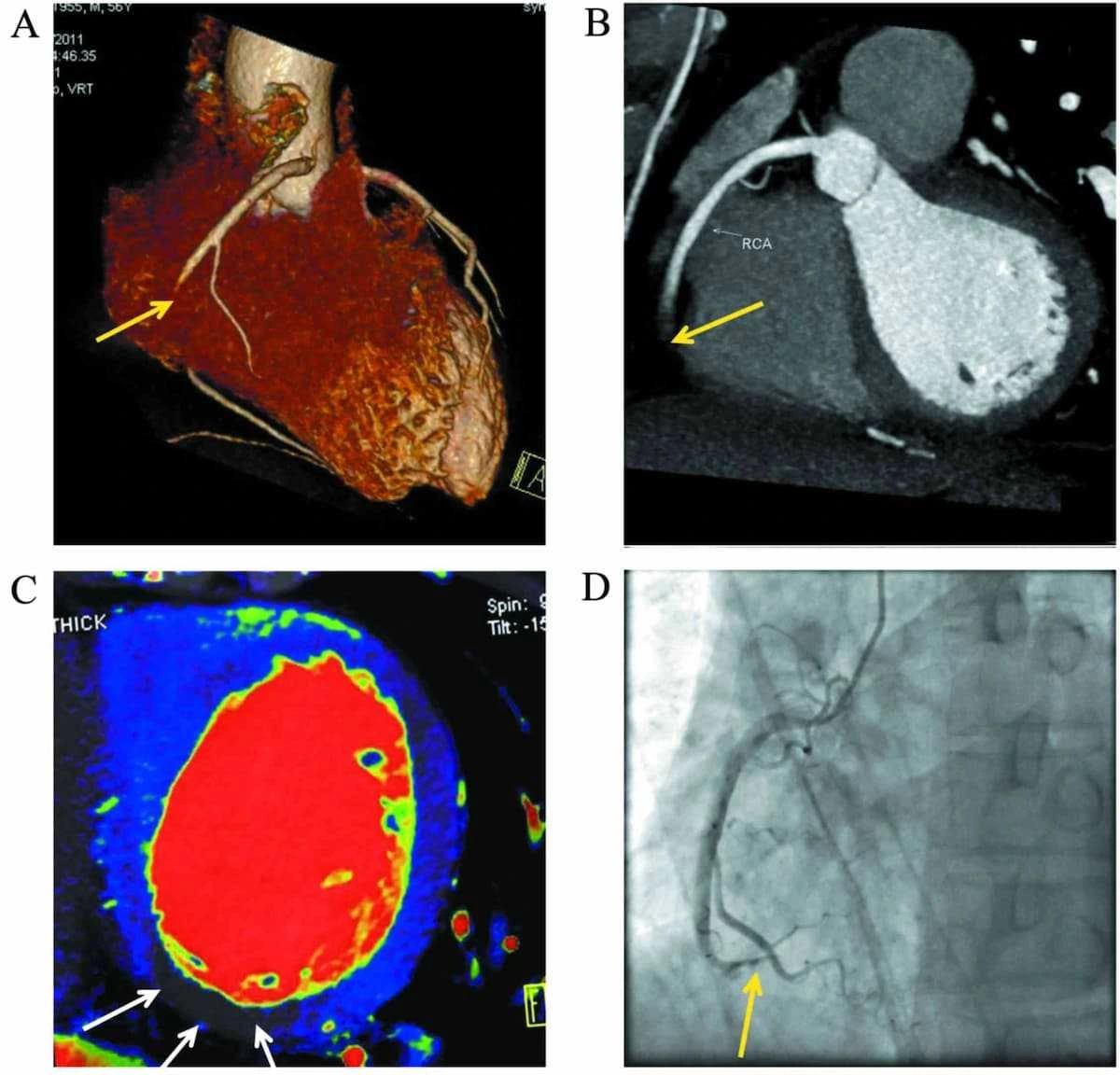
Angiography is a broad term used to acquire anatomical and structural images of the vascular system, including the coronary arteries, using X-rays. The imaging procedure provides both anatomical and functional assessment of the heart and its surrounding structures. A Coronary angiogram is the gold standard test to look for blockages in the heart arteries.
How Your Cardiologist Performs a Coronary Angiogram
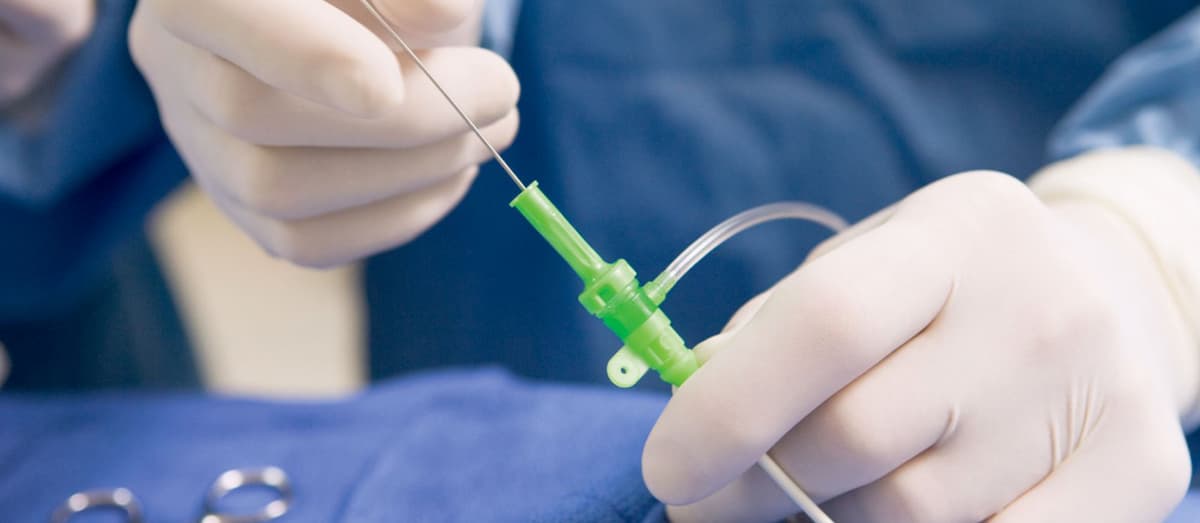
A Coronary angiogram checks for narrowing or blockages in the heart arteries (coronary arteries). The test also detects the pressure in the heart and helps look for problems with the valves, chambers, and with heart function. Cardiac catheterization is another term for coronary angiography.
Indications for a Coronary Angiogram
- Chest pain / brethlessness
- Coronary artery stenosis
- Adult congenital heart disease
- Heart attack
A Coronary angiogram is an X-ray-guided procedure done under local anesthesia. A catheter is inserted into an artery in the groin or the wrist through a sheath. Then, the cardiologist navigates the catheter through the blood vessels to the heart. Once positioned, the cardiologist will inject an iodine dye into the catheter to produce X-ray pictures of the heart and the arteries.
Relative contraindications for Coronary Angiogram
- History of contrast medium allergy
- Individuals with severe renal impairment
- Individuals with high INR (>2) or low platelet count
During the test, the cardiologist will inject contrast several times to take images of the heart. The injection produces a fleeting hot, flushing sensation. Sometimes, you may experience mild chest discomfort.
Preparing for Coronary Angiogram
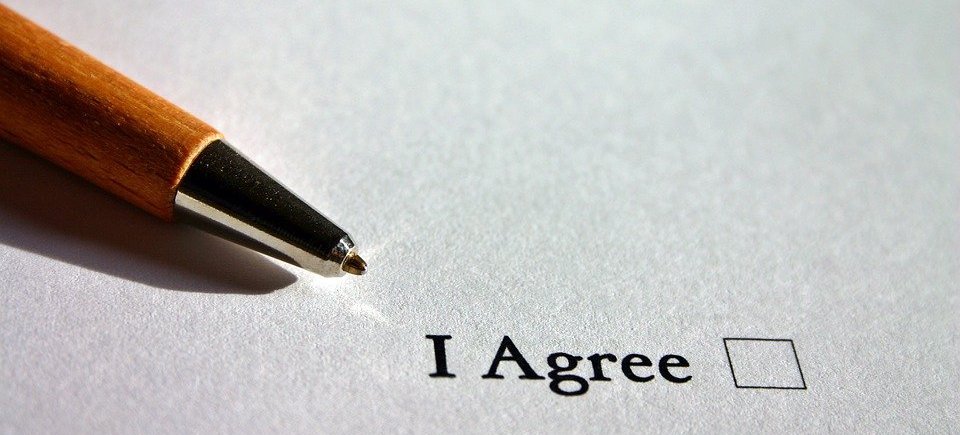
A Coronary angiogram takes about 45 minutes. However, the timing may vary.
- Before the procedure, your cardiologist will explain the test and obtain a consent form.
- He will ask you about your medical history. Investigations, such as blood tests or electrocardiogram (ECG), may also be performed.
- You should let them know if you have any allergies or risk of an allergic reaction to the contrast.
- Bring a list of your medications. If you take blood thinners, you may be asked to stop them before the procedure
- If you have diabetes and takes Metformin or Insulin, you may be asked to omit them on the day of the procedure.
- Do not smoke.
- Do not eat or drink before the procedure. Avoid caffeine for 12 hours before the test.
What to Expect After the Coronary Angiogram
Following a Coronary Angiogram, the cardiologist will apply pressure on the puncture site for up to 15 minutes to stop the bleeding. Sometimes, your doctor will place a special sealant to avoid potential bleeding afterward. You will stay in the recovery area for a while for close monitoring.
You may experience bruising and tenderness on the puncture site for 1 to 2 days. You may take painkillers to relieve this. If it bleeds continuously, contact your doctor.
Summary of Risks and Complications of Coronary Angiogram
- Bruising at the entry site
- Pain, discomfort at the puncture site
- Minor allergic reaction
- Brief hot flushes, burning sensation
- Deterioration of renal function*
- Bleeding, hematoma*
- False aneurysm*
- Acute renal failure
- Heart attack, stroke *
- Catheter damaging the artery *
- Vascular injury from catheter *
*major complications
Looking After Yourself Post Procedure
A Coronary angiogram is a day-case procedure, and thus, you are likely to be discharged on the same day. Arrange with a family or friend to accompany you home after the test.
What is Computed Tomography Coronary Angiography (CTCA)
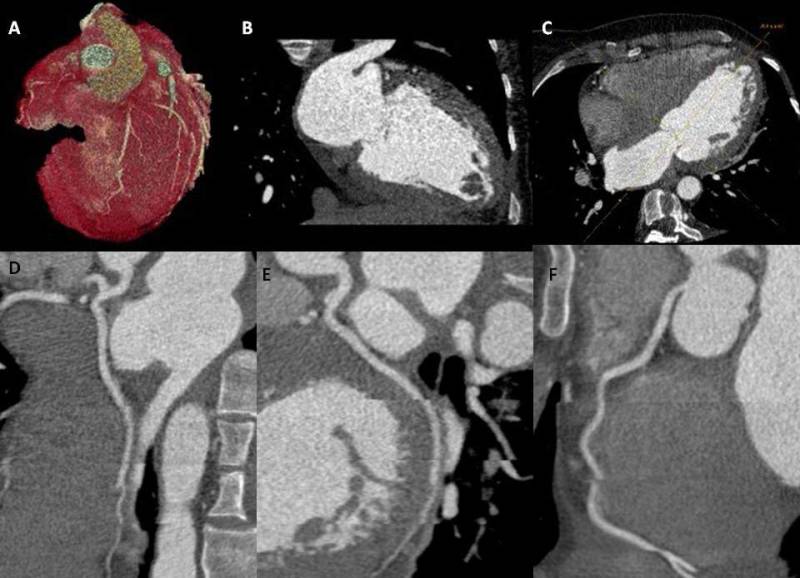
Certain people may benefit from Computed Tomography Coronary Angiography (CTCA) as a non-invasive alternative.
CTCA is a type of Xray CT test. It includes the use of contrast and low-radiation to visualize anatomical structures of the heart. The utilization of certain types of X-rays produces cross-sectional pictures of the heart and the surrounding vessels. CTCA not only provides clear images of the coronary arteries and the heart, it can also help diagnose congenital heart diseases in adults. Another advantage of using CTCA is it helps determine calcium scoring. Calcium scoring plays a vital role in calculating risk stratification or the probability of developing cardiovascular events or diseases.
What is Coronary Angioplasty?
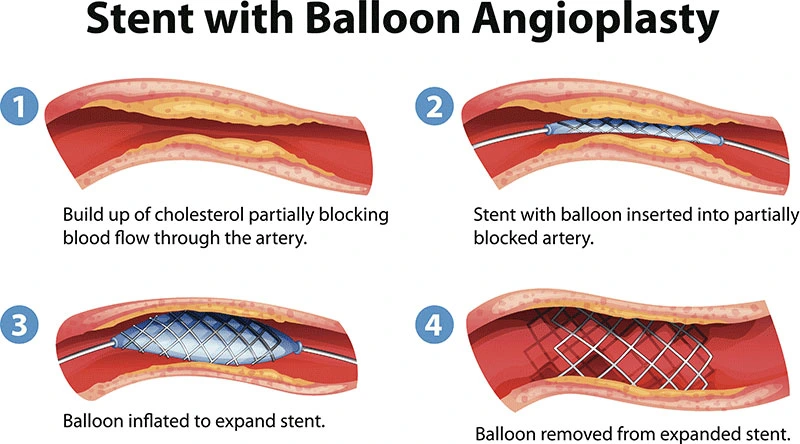
Your cardiologist may perform angioplasty during a Coronary angiogram. Coronary angioplasty involves the use of a balloon catheter that helps ''open up'' a narrowed artery. Sometimes, your doctor may put a stent (a wire mesh device) in the blocked artery for blood to flow more freely.
Coronary angioplasty is also a treatment of choice for heart problems that do not improve with medications. People with recent heart attacks may also benefit from coronary angioplasty as an emergency intervention.
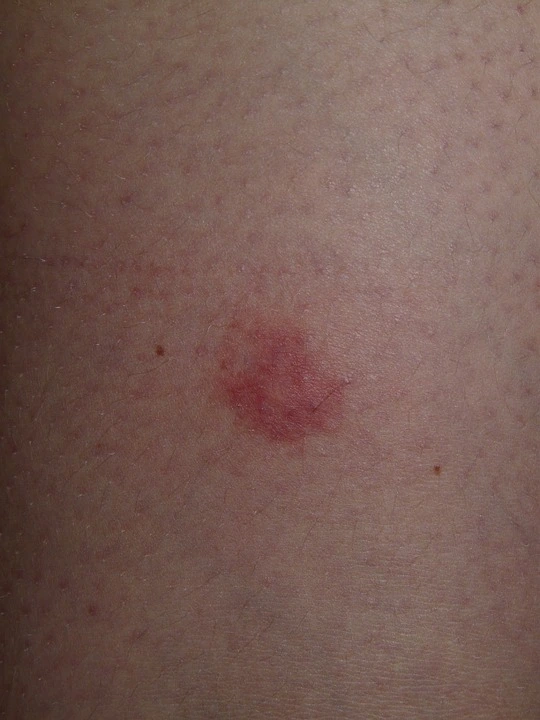
What Happens Next?
Your cardiologist will contact you and discuss the findings with you once the report is complete. If you require further intervention such as surgery, he will provide you the best treatment options for your condition.
Conclusion
A Coronary angiogram is a diagnostic modality that provides the visualization of the heart and its structures. It remains the gold standard in investigating coronary artery disease. It is a safe procedure, and the major complications are rare. Thus, a Coronary angiogram is a timely and accurate diagnostic intervention aiming to reduce morbidity and mortality rates caused by cardiovascular diseases.

